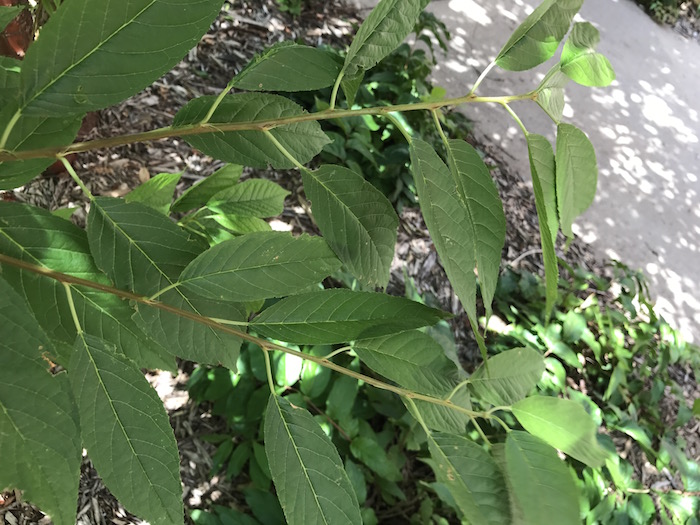
Description:
Amur Chokecherry is a graceful ornamental cherry tree best known for its beautiful peeling bark. Leaves are alternate and simple, with a finely serrated margin. They are dark green and obovate, usually about 4” long. The flowers are creamy white clusters of 6-10, which develop into dark black cherries in late summer. The bark is golden-brown to red, peeling, and smooth.
Amur Chokecherry was supposedly first introduced into the United States in 1878 as a gift from the Botanic Garden in St. Petersburg, and is now a very popular ornamental tree in Europe and North America. Its fruits can be used for jams, jellies, or juice, and its bright bark provides great winter interest in the landscape.
Issues:
Amur Chokecherries are susceptible to the many pests of the Prunus genus, such as leaf spot, powdery mildew, fireblight, aphids, and Japanese beetles, but others are not an issue due to the cold climate in Minnesota.
Other Resources:




